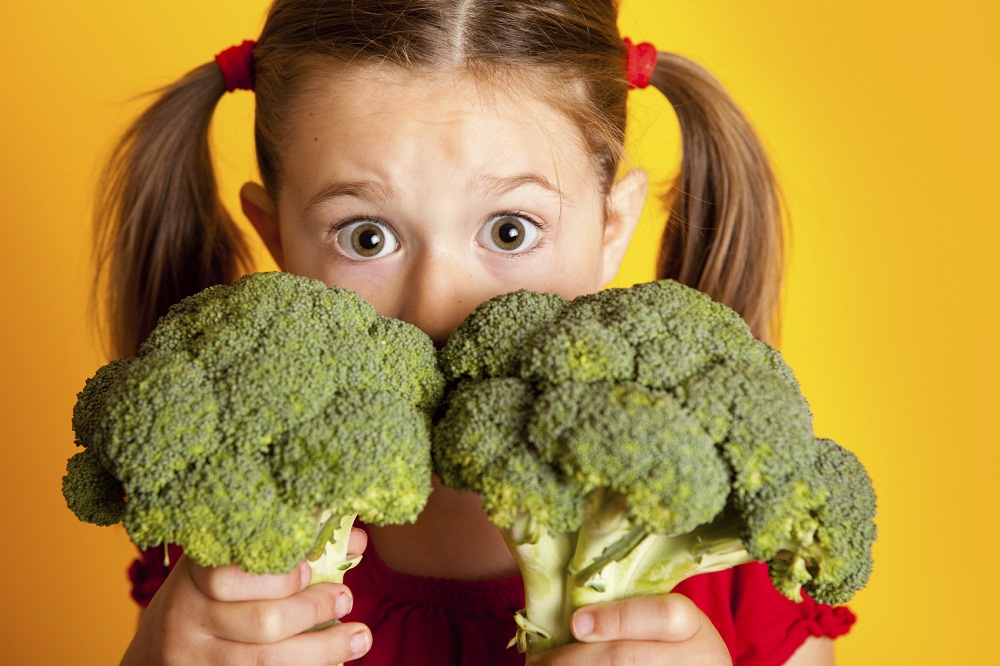“Change One Thing” is a 12 step process over one year to help you achieve your health goals. You simply commit to make one change in your lifestyle every month, so that by the end of the year, you will have completely transformed to a healthy lifestyle. Are you willing to take the challenge?
Your May Challenge (should you choose to accept it):
“I Will Start to Detoxify My System Daily”

We are surrounded by a toxic environment. Toxins abound in our foods, water, and air in the form of pesticides, heavy metals, air pollutants, harsh cleaning products, etc. We can’t avoid many of these toxins, and therefore, we need to be proactive in protecting our bodies against the harmful effects of these agents. Therefore, the following is a plan for you to detoxify your system daily.
Stop toxin intake! The first thing we must do to detoxify is to stop taking toxins into our systems. The biggest offenders are cigarette smoke, alcohol and drugs. But there are other chemicals that we use regularly that are also toxic to our systems. Sugar, for example, causes inflammation in our bodies. Excessive caffeine stresses our bodies through elevated blood pressure and heart rate. Artificial flavors and colors in many snack foods are also inflammatory, and linked to increased frequency of mental health problems, such as anxiety and reduced memory. So the first step to detoxification is to stop taking in toxins!
Eat detoxifying foods: Dr. Alan Logan, author of The Brain Diet has rightly said “Your ability to detoxify is only as good as the quality of your diet.” You need to fill your diet with foods that support the liver and gastrointestinal tracts, which are our body’s main detoxification organs. For example:
- Fiber binds toxic chemicals and removes them from the body through the GI tract. It also promotes growth of “good bacteria” in the gut. Therefore, eat fiber rich foods, such as brown rice, barley, beans, fruits and vegetables.
- The cruciferous vegetables, which include cabbage, broccoli, brussel sprouts and cauliflower, support the liver’s detoxification process.
- Organic foods are foods grown or raised without use of hormones, pesticides and other harmful chemicals. I realize these foods are more expensive, but they are worth it in the long-run. The best foods to eat organically include beef, and fruits and vegetables with thin or edible skins, such as apples, pears, and berries.
Obtain a healthy weight: Guess where toxins get stored in the body? In fat cells. In fact, one important reason to avoid eating animal fat is because many toxins that the animal has ingested are stored in the fat. By losing excess weight, you give your body less opportunity to hang onto toxic chemicals.
So focus this month on incorporating these strategies to reduce the toxic load in your body. Are you up to the challenge?

Don’t forget to continue your:
January habit of drinking at least 8 glasses of water per day (1/2 your weight in ounces of water per day)
February habit of eating 7 to 9 servings of fruit and vegetables per day
March habit of replacing refined white foods with whole grains
April habit of exercising for at least 30 minutes 3 times per week
C




